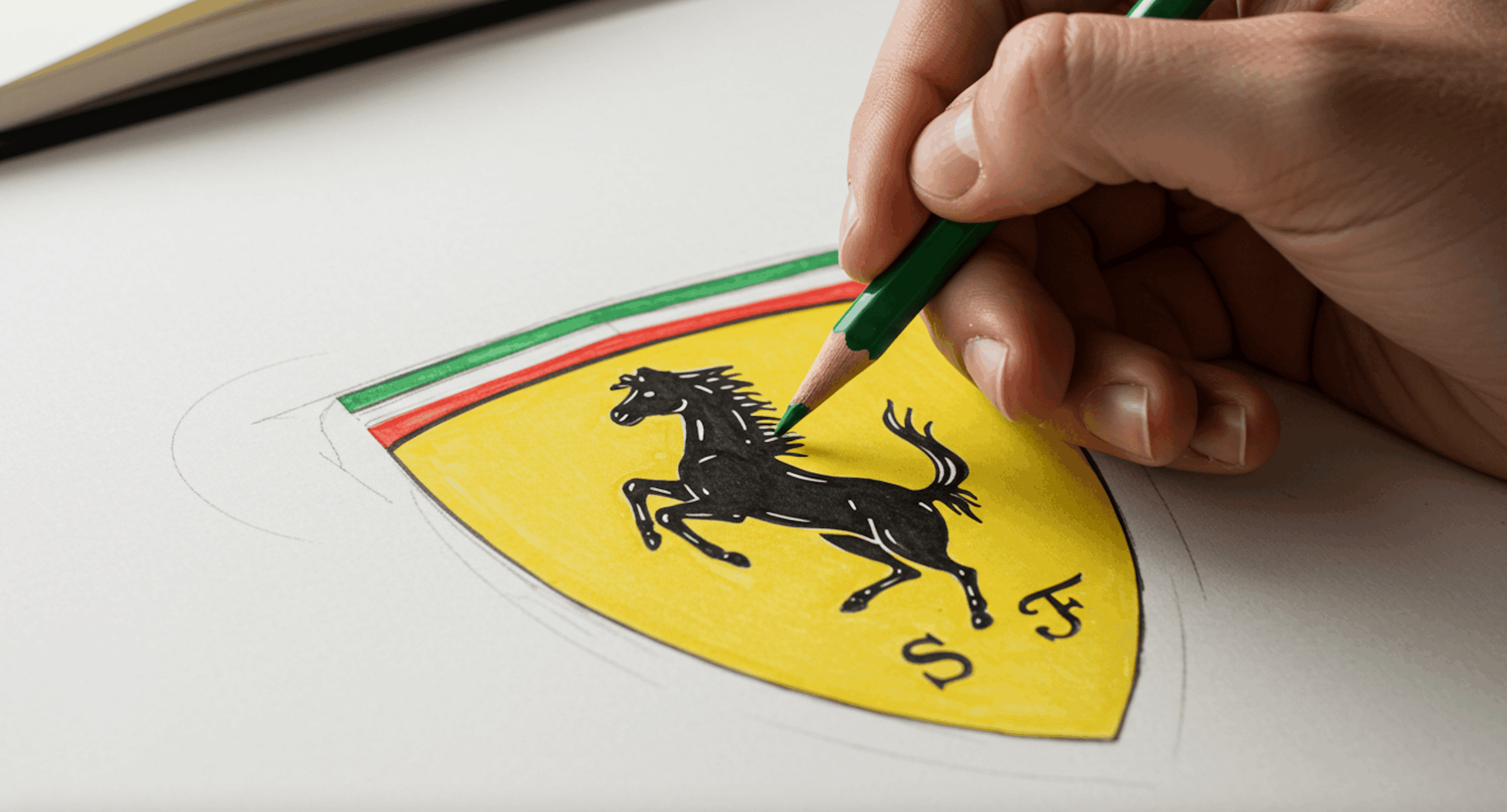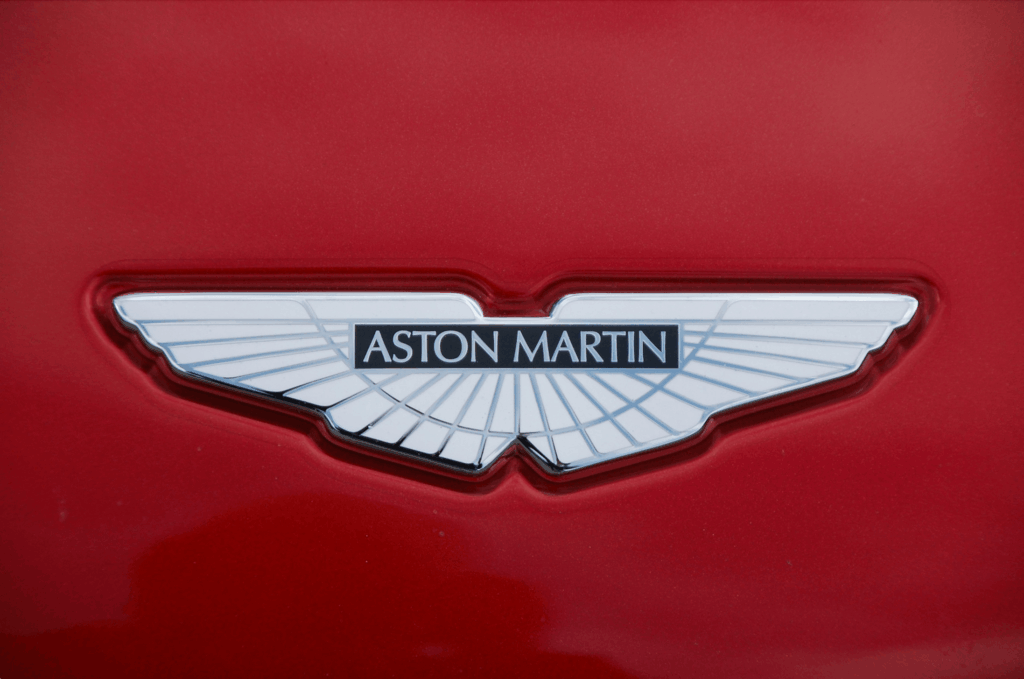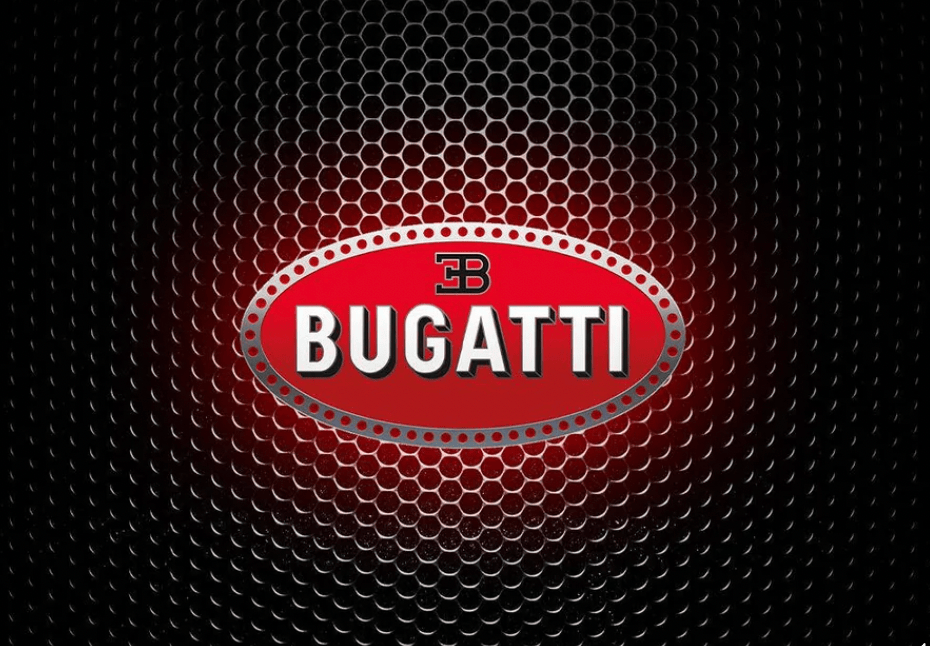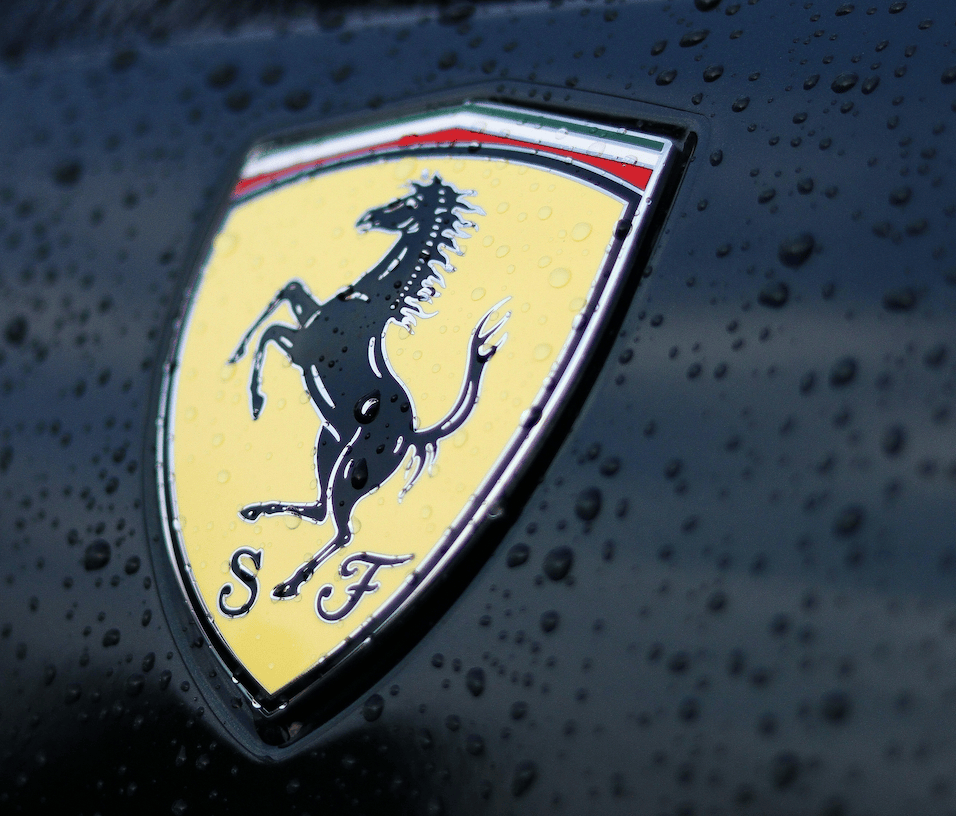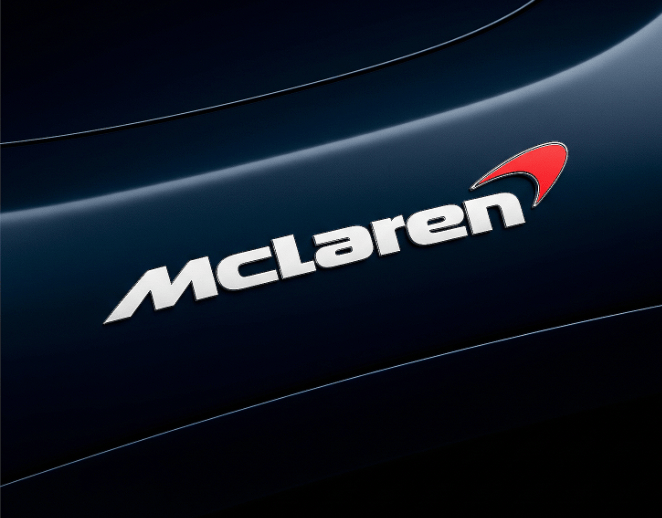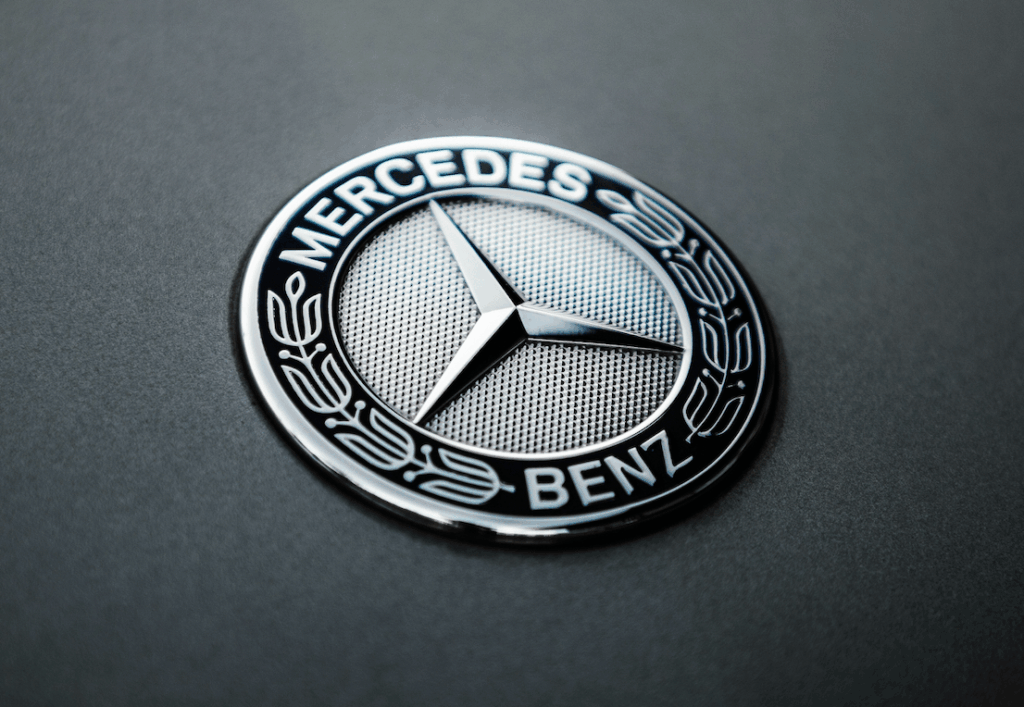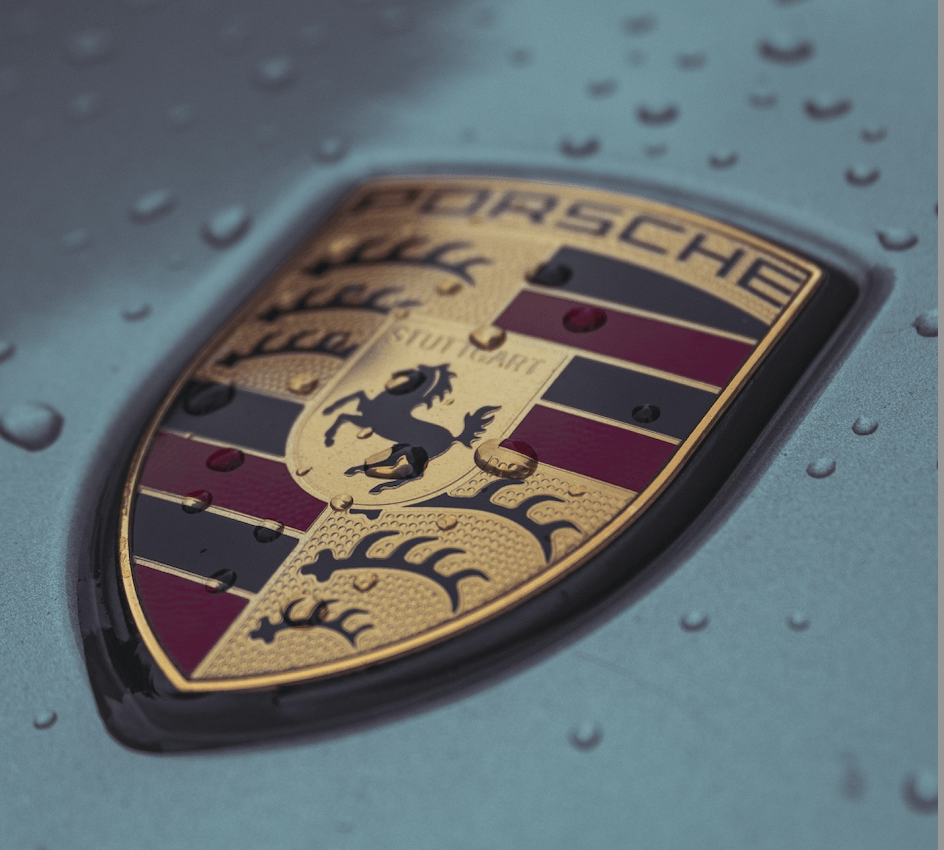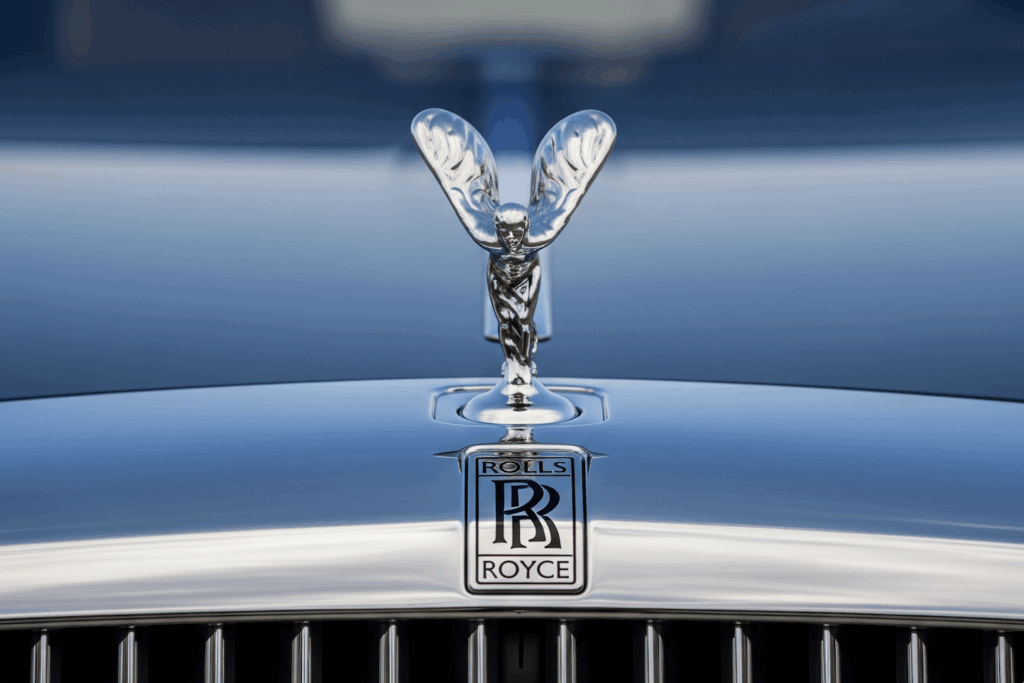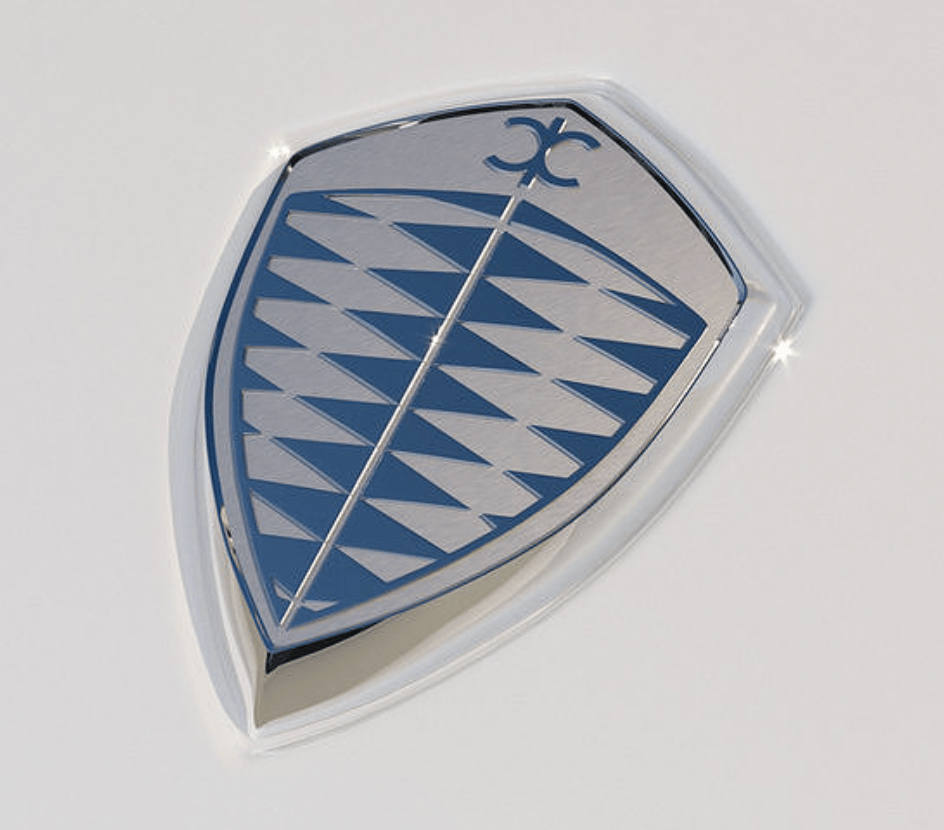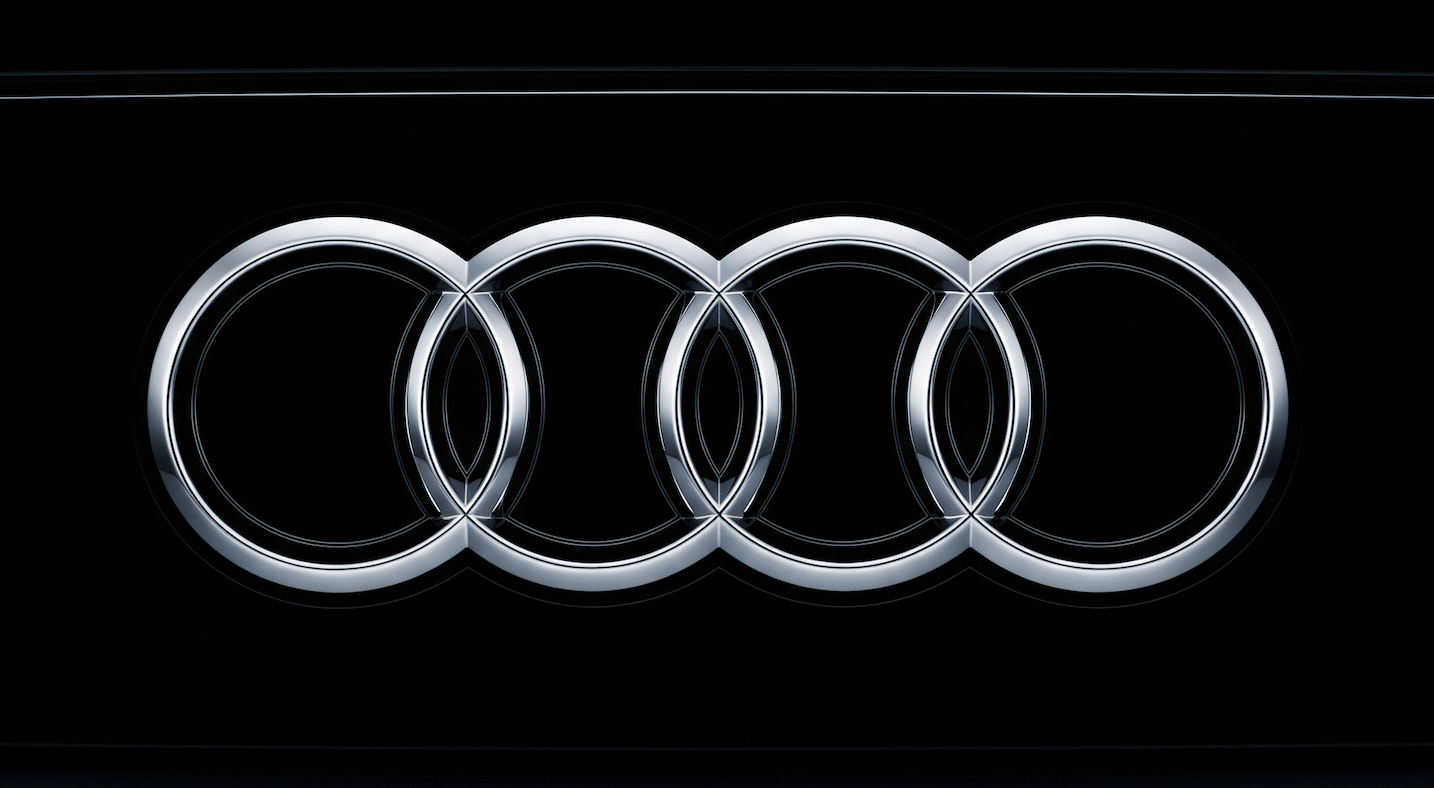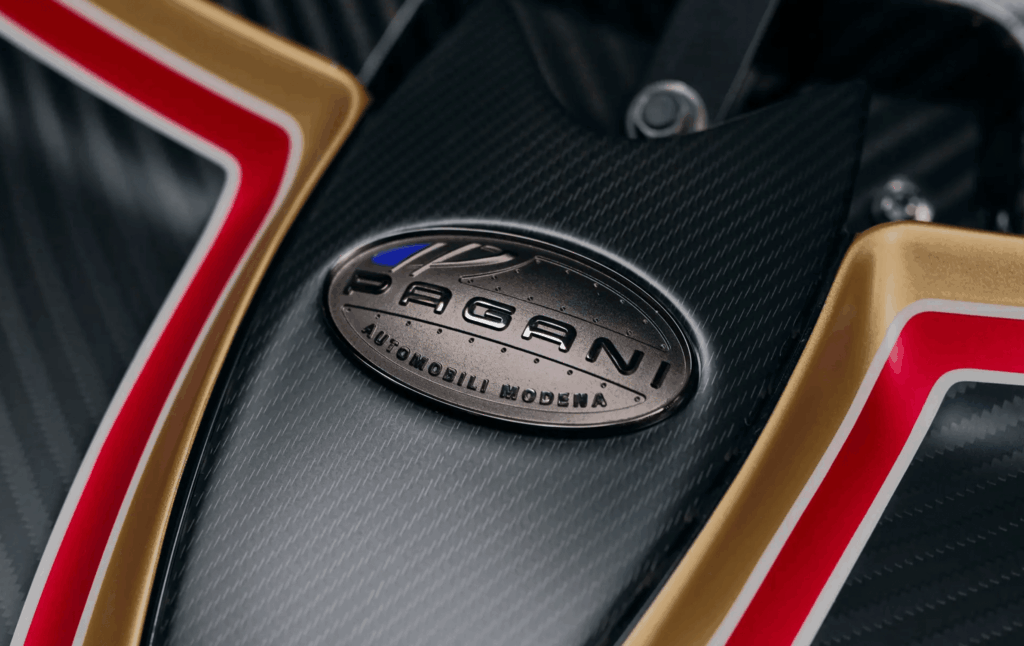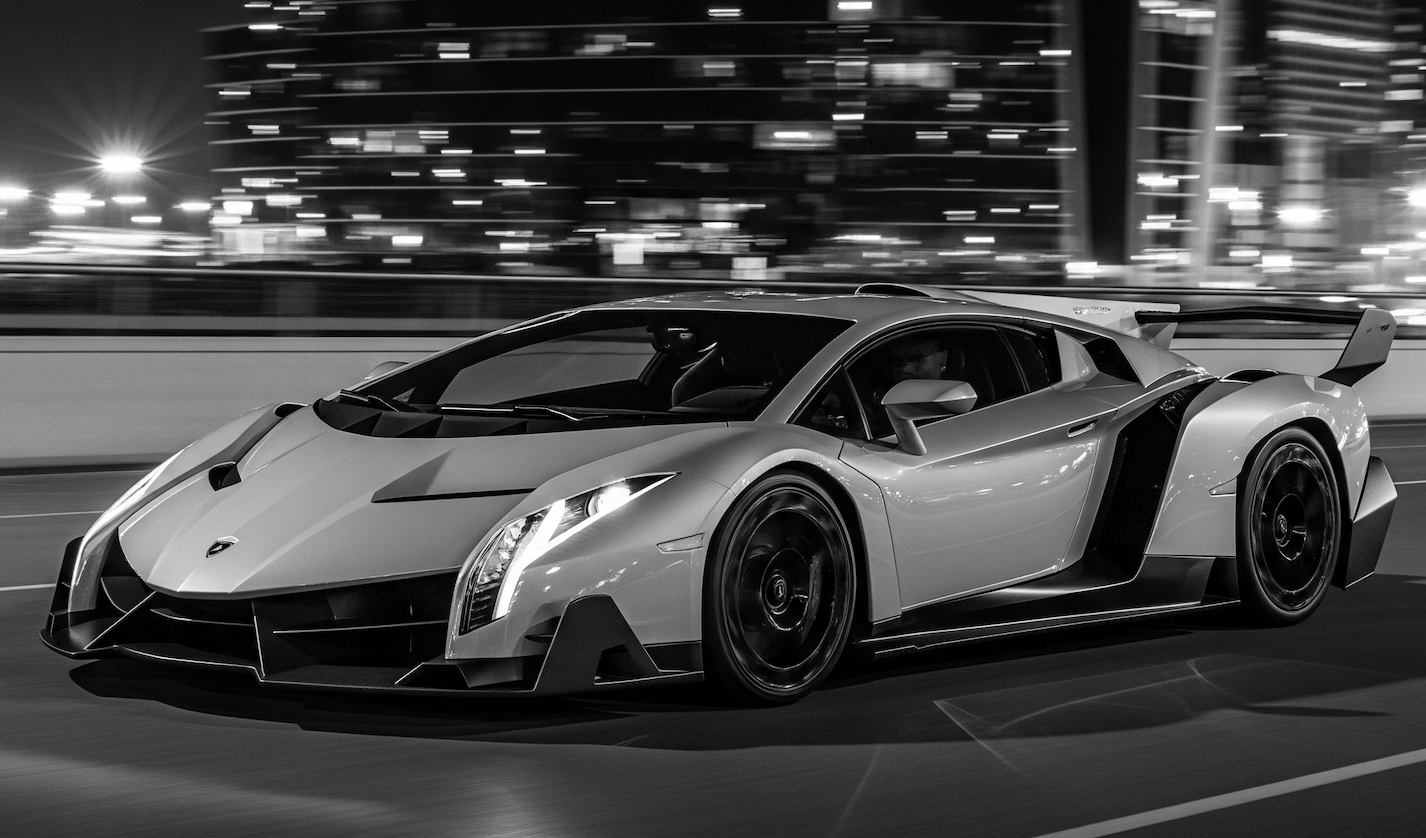From winged symbols of speed to prancing horses born from war stories, luxury and exotic car emblems are more than just badges on a hood—they’re powerful representations of history, heritage, and ambition. These logos not only define automotive brands visually but also carry legacies that span generations.
In this post, we explore the fascinating stories behind some of the most iconic emblems in the world of luxury and exotic automobiles.
Aston Martin: Wings of Elegance and Speed
Founded in 1913 by Lionel Martin and Robert Bamford, Aston Martin has long stood as a symbol of British sophistication and performance. Its now-famous winged logo first emerged in the 1920s and has gone through several refinements.
The outstretched wings represent freedom, speed, and elegance—qualities central to Aston Martin’s identity. The current design, featuring stylized wings with the brand name inside a green rectangle, strikes a balance between tradition and modernity.
Bentley: The Flying ‘B’
Established in 1919 by W.O. Bentley, the Bentley brand has always been associated with exceptional British luxury and performance. Its emblem—a winged ‘B’—is a proud symbol of power and prestige.
Interestingly, the number of feathers in the wings has changed over the years, sometimes subtly differentiating models. Often adorned with a laurel wreath, the Bentley emblem encapsulates both its founder’s legacy and the brand’s racing roots.

Bugatti: Art, Forme, Technique
Bugatti’s emblem is a study in elegance and precision. Designed as a red oval bearing the initials “EB” for Ettore Bugatti, 60 red dots surround it, believed to represent pearls—a tribute to the handcrafted attention to detail that defines Bugatti vehicles.
Founded in 1909, Bugatti fuses art and engineering in every model. Its emblem is a visual embodiment of the brand’s motto: “Art, Forme, Technique.”
BMW: A Nod to Bavarian Roots
One of the most misunderstood logos in the automotive world, BMW’s iconic roundel has been mistakenly believed to depict a spinning propeller. In reality, it reflects the blue and white colors of the Bavarian flag—BMW’s home region in Germany.
Introduced in 1917, the emblem has undergone minor adjustments but remains a timeless representation of engineering excellence and driving pleasure.
Ferrari: The Prancing Horse of Legend
Few emblems are as instantly recognizable—or as emotionally charged—as Ferrari’s Prancing Horse, or Cavallino Rampante. Originally the personal symbol of Italian WWI flying ace Francesco Baracca, it was gifted to Enzo Ferrari by Baracca’s mother in 1923.
Set against a bright yellow background (a nod to Ferrari’s home city of Modena), and topped with the Italian tricolor, the emblem embodies national pride, speed, and power.
Lamborghini: The Power of the Bull
Founded in 1963 by Ferruccio Lamborghini, the brand’s iconic bull emblem was inspired by Ferruccio’s passion for bullfighting and his zodiac sign, Taurus.
The golden bull set against a black shield signifies power, aggression, and unstoppable energy, perfectly aligned with the personality of Lamborghini’s supercars.
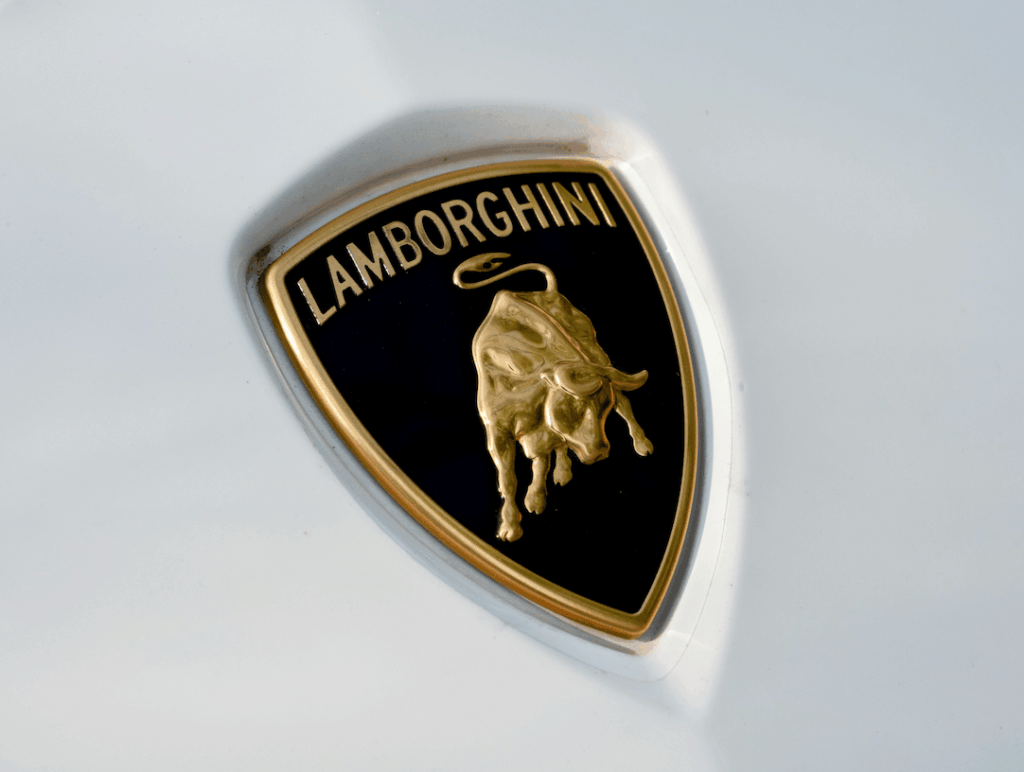
Maserati: The Trident of Neptune
Maserati’s emblem tells a story rooted in mythology and geography. Founded in Bologna, Italy, in 1914 by the Maserati brothers, the brand adopted the trident from the statue of Neptune in Bologna’s Piazza Maggiore.
The trident represents strength and dominance, while also honoring the brand’s Italian heritage. It remains one of the most distinctive and elegant automotive emblems today.
McLaren: The Speedmark
McLaren’s journey through various logos settled in 1997 with the creation of the “Speedmark,” a stylized swoosh that resembles the aerodynamic vortices created by their Formula 1 cars.
Combined with the brand’s iconic papaya orange—a nod to its racing roots—the emblem captures the essence of speed, innovation, and cutting-edge engineering.
Mercedes-Benz: Mastery on Land, Sea, and Air
The Mercedes-Benz three-pointed star, enclosed in a circle, is one of the most globally recognized automotive emblems. It was first used by Daimler-Motoren-Gesellschaft in 1909 and later adopted by the merged company Mercedes-Benz in 1926.
Each point of the star represents a domain of mastery: land, sea, and air. It’s a visual expression of the brand’s commitment to universal motorization and engineering dominance.
Porsche: Stuttgart’s Heraldic Power
Porsche’s crest is steeped in regional symbolism. The gold shield, centered by a prancing horse, is taken from the Stuttgart city seal. The red and black antlers and stripes around it are derived from the former Kingdom of Württemberg’s coat of arms.
Together, these elements form a distinctive emblem that not only defines the brand’s geographical roots but also signals precision, performance, and prestige.
Rolls-Royce: Double R and the Spirit of Ecstasy
Rolls-Royce vehicles are as much about elegance as they are about engineering. The emblem reflects this duality: the interlocking “RR” represents founders Charles Rolls and Henry Royce, while the “Spirit of Ecstasy”—a graceful female figure leaning forward with flowing robes—is a symbol of silent, majestic motion.
First introduced in 1911, the Spirit of Ecstasy continues to adorn the hood of every Rolls-Royce, signifying craftsmanship and timeless luxury.
Koenigsegg: The Ghost of Innovation
Swedish hypercar manufacturer Koenigsegg has one of the most unusual emblems in the automotive world: a ghost. This symbol is a tribute to the “ghost squadron” of fighter planes once stationed at the airfield where the company was founded.
The ghost emblem encapsulates Koenigsegg’s unique position in the industry, fusing extreme performance with a daring, unconventional approach.
Audi: Unity Through the Rings
Audi’s four interlocking rings are a visual reminder of its historic 1932 merger with three other automakers—Horch, DKW, and Wanderer—to form Auto Union AG, the precursor to modern-day Audi.
Each ring represents one of the founding companies. Today, the clean, modern aesthetic of the emblem reflects Audi’s dedication to technology, precision, and progressive design.
Pagani: Art Meets Engineering
Horacio Pagani founded his hypercar brand with a vision of uniting art and science. The Pagani emblem, which features elegant typography within an elliptical frame, mirrors this ambition.
Every Pagani vehicle is a masterpiece of carbon fiber engineering and bespoke design, and its emblem symbolizes that rare blend of artistic passion and technological innovation.
More Than Just Emblems
These emblems are more than mere brand markers—they’re symbols of legacy, design philosophy, and cultural identity. Whether inspired by mythology, aviation, history, or pure passion, each emblem tells a story that resonates with enthusiasts and collectors worldwide.
Are You Ready to Sell Your Exotic Car?
At We Buy Exotics, we understand what makes these vehicles special, from their advanced engineering to the meaning behind every emblem. We offer fast, secure, and expert-led transactions tailored specifically to luxury and exotic cars.
Trust the Experts. Sell Your Exotic Car with We Buy Exotics.

 WHY US
WHY US
 SELL YOUR CAR
SELL YOUR CAR
 TESTIMONIALS
TESTIMONIALS
 FAQ
FAQ
 CONTACT US
CONTACT US




